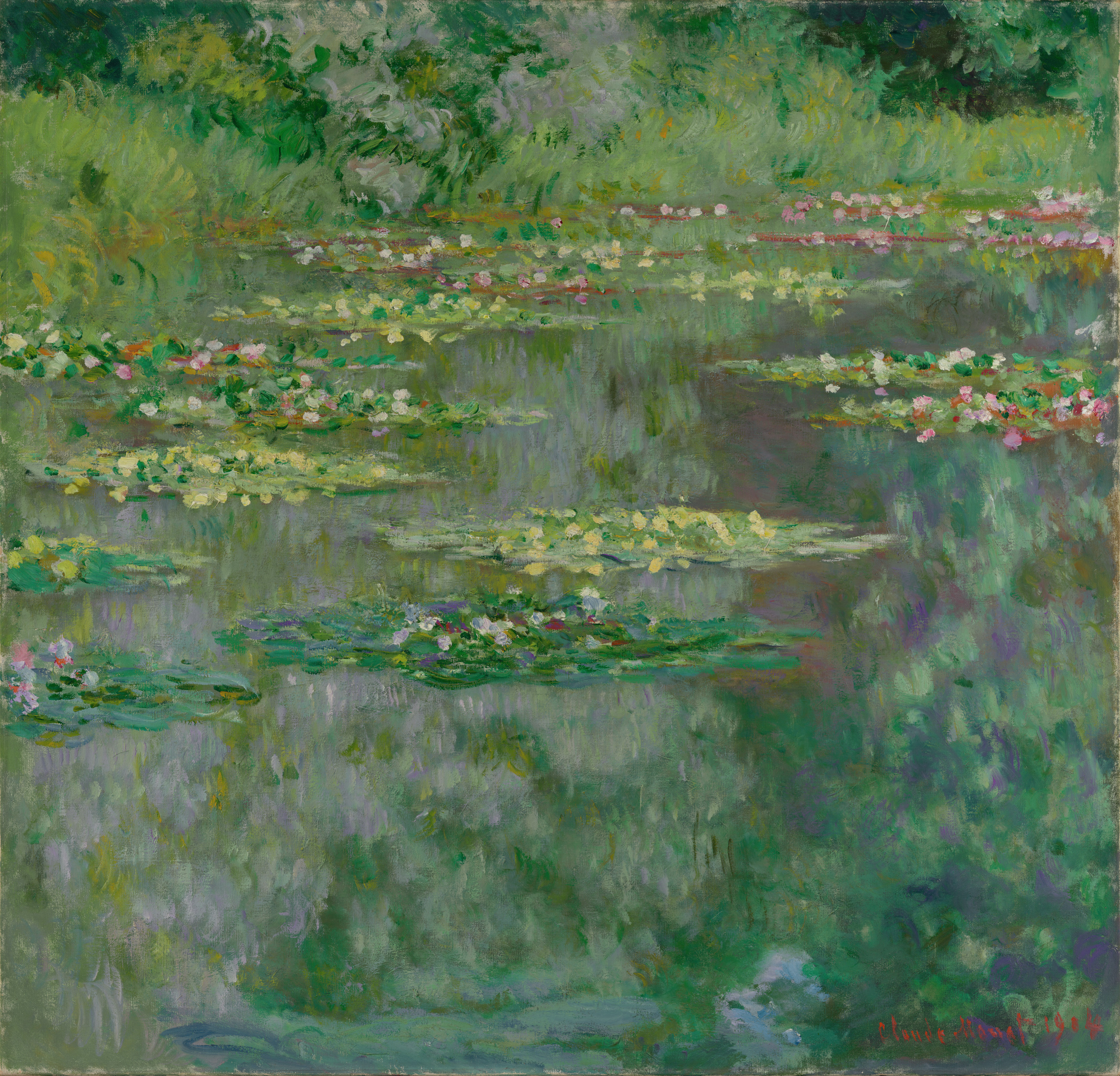Time to continue our special month with the Denver Art Museum's collection. Enjoy! :)
In 1883, Claude Monet, his later second wife Alice Hoschedé, and their eight kids moved to Giverny, a town about an hour outside Paris where he lived the rest of his life. “These landscapes of water and reflections have become an obsession. They are beyond the power of an old man, and I nevertheless want to succeed in rendering what I perceive…,” said Monet of his garden at Giverny, where he painted many versions of The Water Lily Pond. An inspired gardener and a perfectionist, Monet designed his garden like he was changing the costume on a model or arranging a still life—to look exactly as he wanted to paint it. He built an arched bridge based on Japanese designs across one section of the pond. He also got permission to control the incoming water flow, creating the right conditions to grow a new hybrid water lily that would be hardy enough for the French climate. He orchestrated color and plant arrangement (including irises and weeping willows) around the edge of his pond for the best reflections. He pruned dead water lily blossoms and even went so far as to trim the pads. He even paid to blacktop the road that crossed his property because he didn’t like the dust that settled on his plants.
Monet would work on a painting for half an hour and as the light changed, he’d switch out the canvas he was working on for another, frantically trying to find the one that best matched what he was currently seeing. He complained, “It’s a continual torture to me!” Monet worked on a continuous series of water lily paintings from the late 1890s to 1910. About three hundred of his paintings are of his floral and water gardens. Ever self-critical, he was known to slash his paintings with a knife when he feared he had overworked them. Only four water lily paintings from 1904 survived his rampages—this painting is one of them.
Dear DailyArt users, we need your help. We need $100,000 to develop the new version of the DailyArt app. Learn how you can help us. :) Thank you!
P.S. See how Monet's Giverny house looks today and discover more paintings inspired by his beautiful garden.


 Claude Monet
Claude Monet